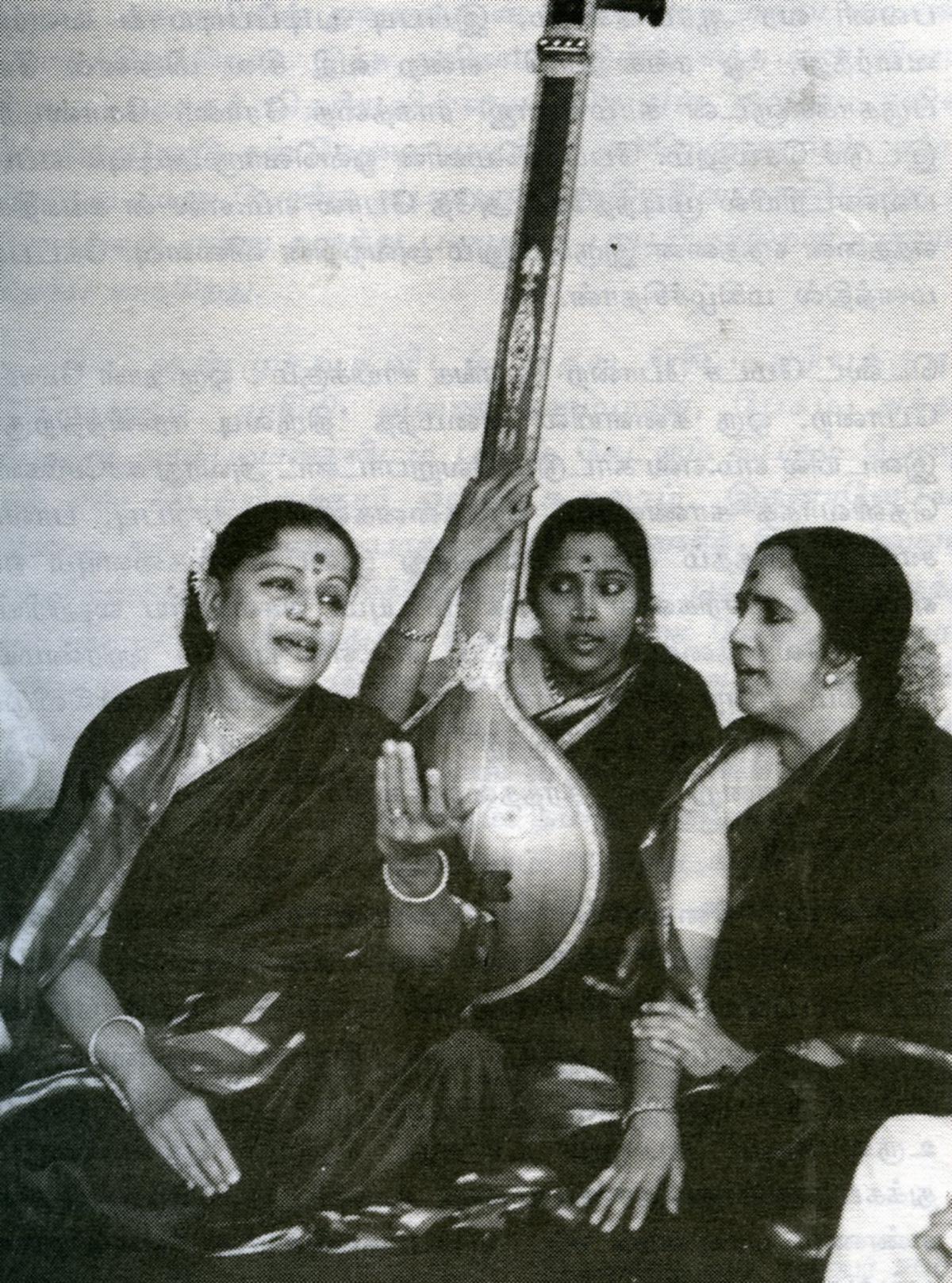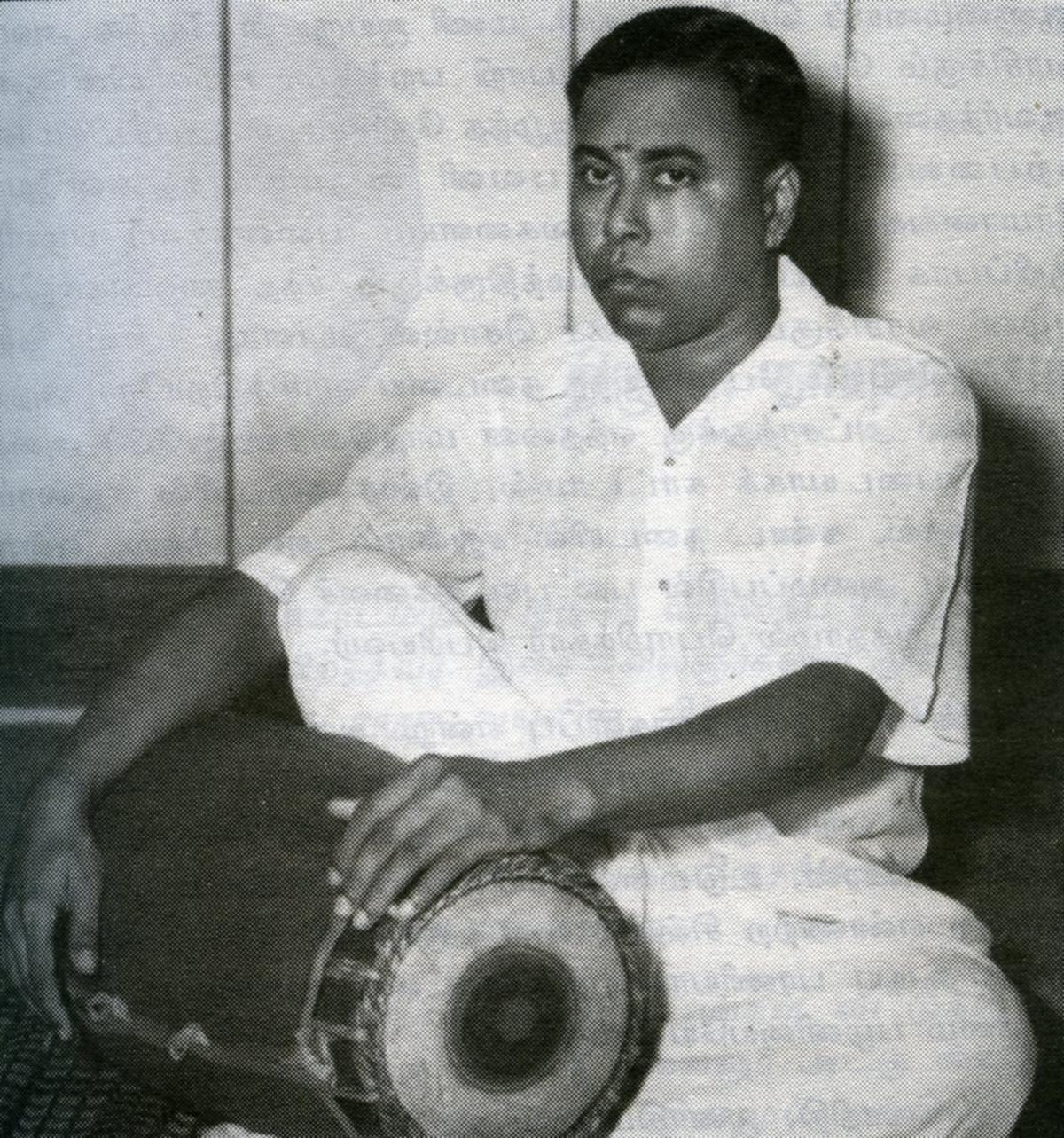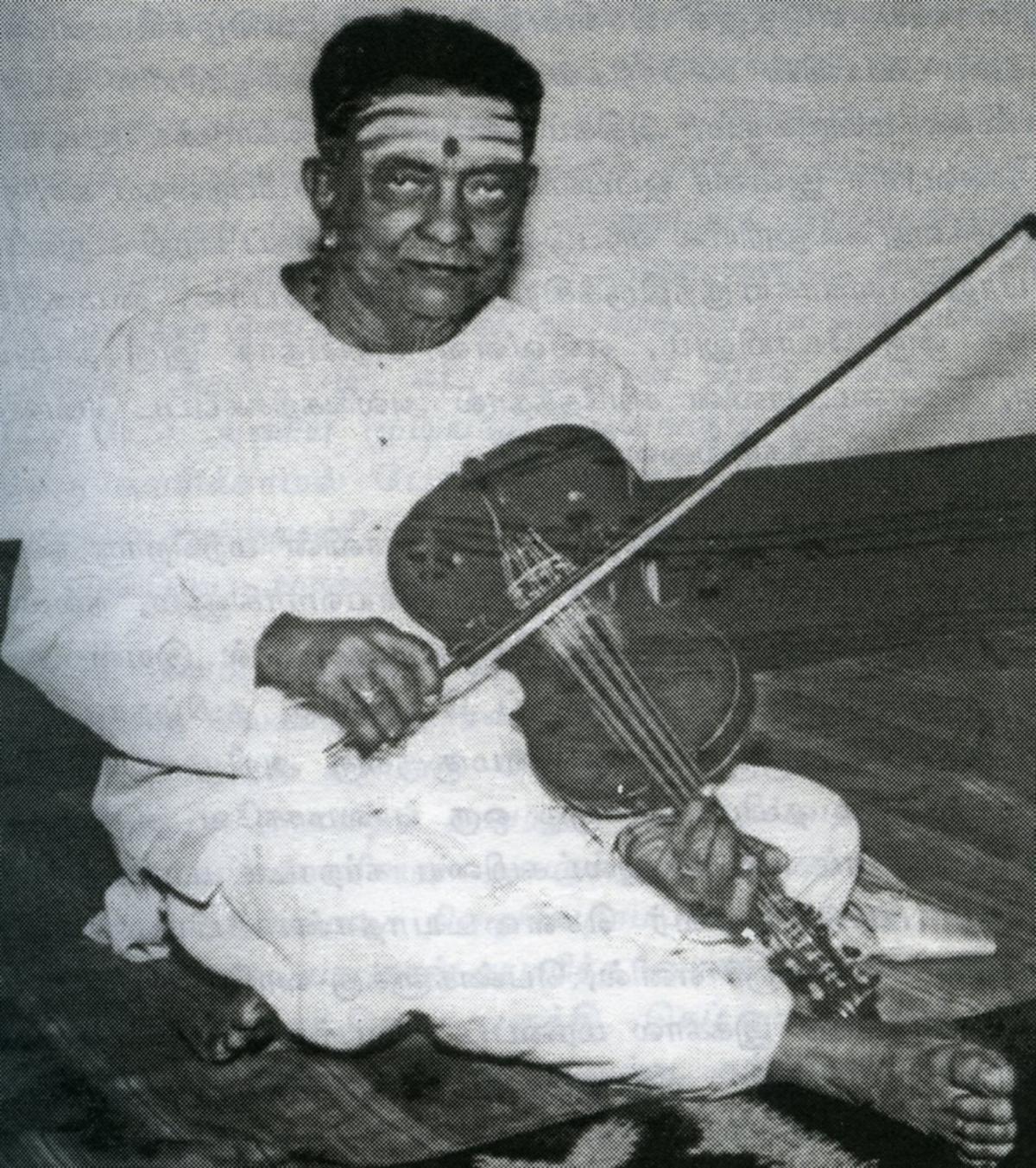Peralaiyaay Oru Men Shadjam: A book on the life of Carnatic music legends
The author Lalitharam must have done extensive and painstaking research to document the life and struggles of legendary Carnatic musicians in his recently released book, Peralaiyaay Oru Men Shadjam (Malar Books). It generates in the reader a sense of nostalgia and awe. The book presents a wide range of topics in a crisp manner.
Starting with Mahavaidyanatha Sivan, the book covers 38 personalities, across two centuries, including M.S. Subbulakshmi, GNB, DKP, Ramanathapuram Murugabhoopathy, Yaazhppaanam Dakshinamurthy, Madurai Somu, and mridangam maker Parlandhu. Their contribution in nurturing classical music is immeasurable, while their life and art have served as an inspiration to many.

M.S. Subbulakshmi with Radha Viswanathan
| Photo Credit: Special Arrangement
The book features several anecdotes, the one on mridangam vidwan Pazhani Subramania Pillai is particularly interesting. Since Pazhani was left-handed, his father, laya vidwan Muthayya Pillai, refused to teach him. The youngster would practice when the father was not at home. Ganjira maestro Pudukkottai Dakshinamurthy Pillai happened to hear Pazhani practicing the mridangam, he told Muthayya Pillai to either train the boy or leave him under his care. Left with no option, Muthayya Pillai taught Pazhani to play the mridangam.

Pazhani Subramanai Pillai.
| Photo Credit: Special Arrangement
When a difference of opinion arose between Chembai Vaidyanatha Bhagavatar and Palghat Mani Iyer, the former chose Pazhani to accompany him and the rest, as they say, is history. Popular violinists of those days, who did not prefer to sit on the left of the main artiste, agreed to do so, as they could not say ‘no’ to Chembai, who in one of the concerts even allowed Pazhani to play five tani avarthanams. And, in two years, Pazhani had accompanied all the top vocalists of the time.
A special bond

Mysore Chowdiah.
| Photo Credit: Special Arrangement
Another amazing story is of Parlandhu (Fernandes), son of mridangam maker Sebastian, who was known for his workmanship. He set right in a day Dakshinamurthy Pillai’s mridangam, that was giving him trouble for a long time. Parlandhu also had a great rapport with Palghat Mani Iyer, who often sought his help to enhance the quality of his instruments. The mridangam exponent is said to have allotted an exclusive space at his house in Thanjavur for Parlandhu to work. Mani Iyer would say, “Somu asari should make the body of the mridangam, scooped out of a sandal tree; Parlandhu should take care of making the parchment, and I should accompany Ariyakkudi with that mridangam. That is paradise.”
The book keeps one engrossed by presenting fascinating aspects about the past masters. For instance, how Vaidyanathan Sivan acquired the moniker ‘Maha’ , and how M.S. Subbulakshmi sang the 72 melakarta kritis composed by him at the Music Academy.
The book also mentions about how the seven-stringed violin proved a turning point in Mysore Chowdiah’s life, S. Rajam’s passion for abstract art, Nagaswaram vidwan T.N. Rajaratnam Pillai’s admiration for thavil vidwan Ilumbur Panchami, and how Parur Sundaram Iyer, Papanasam Sivan, T.L. Venkatarama Iyer, U.Ve.Sa, Dwaram Venkataswamy Naidu, and T.S. Sabesa Iyer spoke high of the Kandha Ganamrutham, the compilation of songs in 72 Melakartas, composed by Koteeswara Iyer.
Lalitharam’s analysis and insights bring alive an era gone by and the art of the past.
The Chennai-based reviewer specialises in Carnatic music.
For all the latest Entertainment News Click Here
For the latest news and updates, follow us on Google News.
